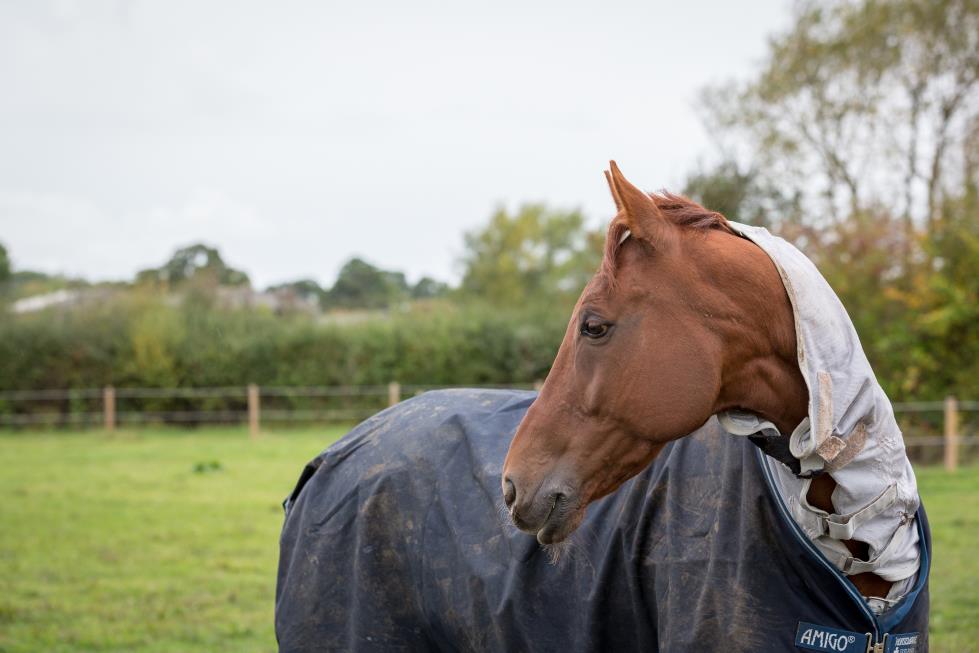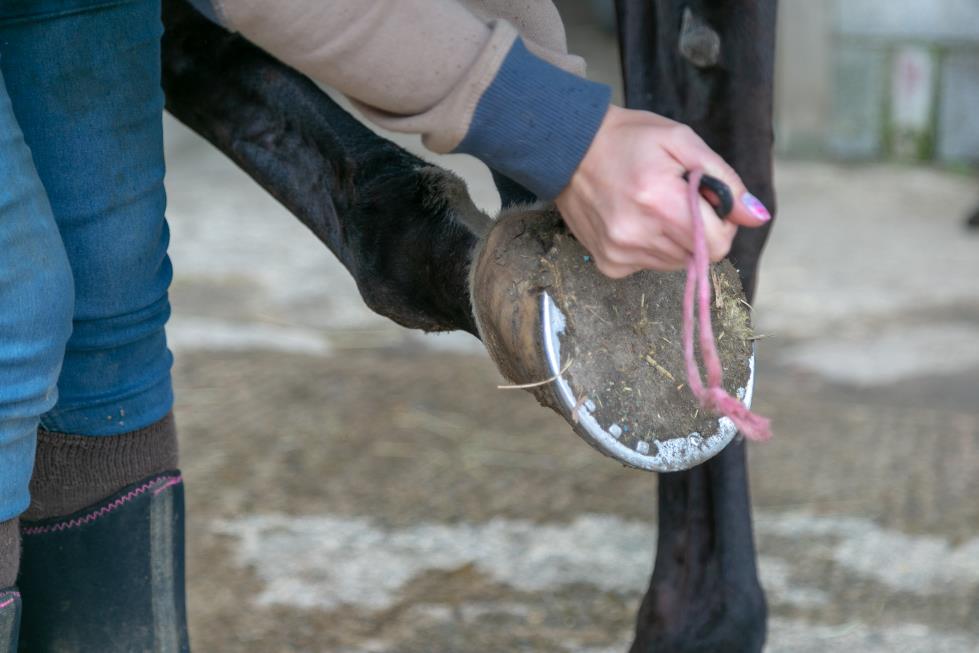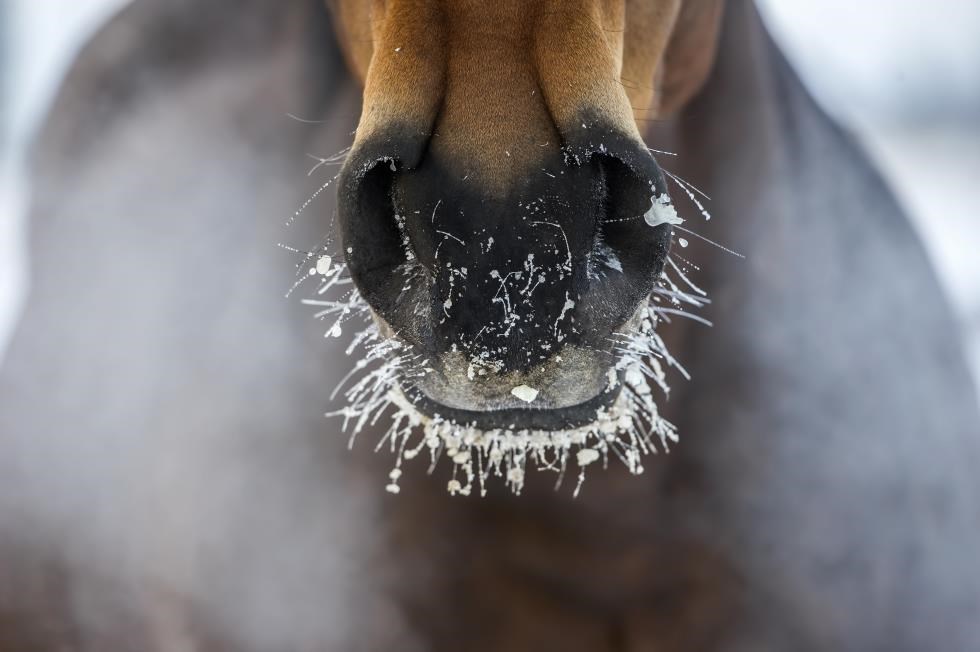As the days get shorter and the weather deteriorates, all equestrians get the feeling of dread for the long winter ahead.
For us, winter isn’t just about wrapping up warm and enjoying evenings in front of the fire! Whilst we pull on some extra layers and brave the mud to ensure our beloved horses can stay healthy and comfortable over the winter months, there are a few things we need to consider.
- Exercise your horse most days where possible. However, if you can’t due to bad weather, remember to adjust your feed rations accordingly.
- Try not to over wash legs (especially heavily feathered ones). The constant wet and cold can damage the skin’s normal barrier to infection and could predispose to mud fever. The best thing to do is allow mud to dry on and brush off. For some horses, mud fever is an inevitability, and often occurs under variable circumstances. Discuss things with your vet who will help you devise the best strategy to minimise risk and provide treatment where necessary.
- Don’t over rug your horse. As a rough guide for a clipped horse stabled at night a 200g rug down to around 0 degrees Celsius. If your horse isn’t clipped, a no fill sheet or 100g will suffice. Unclipped horses have a very good natural heating system of air pockets through the coat and will lose this if over rugged as the hair will become flattened, although every horse is different. Ensuring horses stay dry is most important.
 - Worm your horse to target encysted red worm, using moxidectin. Specific treatment to target the encysted small redworm larvae in the late autumn or early winter is vitally important, whether or not the horse has symptoms of disease, to avoid the risk of larval cyathostominosis. Generally, the ideal timing is after a hard frost.
- Worm your horse to target encysted red worm, using moxidectin. Specific treatment to target the encysted small redworm larvae in the late autumn or early winter is vitally important, whether or not the horse has symptoms of disease, to avoid the risk of larval cyathostominosis. Generally, the ideal timing is after a hard frost.
- Impaction colic is more common during winter, Increased stabling can mean your horse gets a lower water intake from the grass. This has the knock on effect of dehydrating droppings in the large intestine. When it’s cold, horses are disinclined to drink — and frozen buckets don’t help. Also, they’re not foraging on fresh grass, which is 75 percent or more water, compared to hay, which contains less than 20 percent water. To compensate, horses may need more water to maintain a correct and natural digestion. Dehydration increases the chances of impaction colic and other problems. Your vet can help you assess whether or not your horse is properly hydrated. Two simple methods can also help you evaluate quickly: Mucous membranes – the tissue around the eyes, nostrils, and gums – should be pink and moist. Pale, dry, and tacky indicate dehydration. Skin elasticity or “tenting” – pinch the skin on the horse’s neck and see how long it takes to flatten back into place after letting go. If it takes longer than one second to resume its normal appearance, the horse is likely dehydrated. To prevent dehydration, be sure you horse has access to fresh (not frozen) water 24/7.
- Constant standing around in mud can compromise the health of your horse’s feet. Ensure feet are picked out daily. It may be necessary to bring some horses in each day to allow feet to dry out. Overreach boots may become a necessity to prevent loss of shoes in sticky mud. For horses with persistent thrush or sore frogs, you should contact your vet for advice.
 - The winter cough can be another downside of increased stable time. Sometimes this is caused by dusty hay but often, through the winter, coughs are viral in nature. A viral cough may linger for two to three weeks and unfortunately there isn’t a treatment for this. The horse just needs time to process the virus and recover. Soaking or steaming hay initially may help or switching to haylage. However, if the cough persists or is severe, you should seek the advice of your vet.
- The winter cough can be another downside of increased stable time. Sometimes this is caused by dusty hay but often, through the winter, coughs are viral in nature. A viral cough may linger for two to three weeks and unfortunately there isn’t a treatment for this. The horse just needs time to process the virus and recover. Soaking or steaming hay initially may help or switching to haylage. However, if the cough persists or is severe, you should seek the advice of your vet.
By Elise Paterson BVMS CertAVP(ESO) MRCVS
Elise is a veterinary surgeon at B&W Equine Vets
